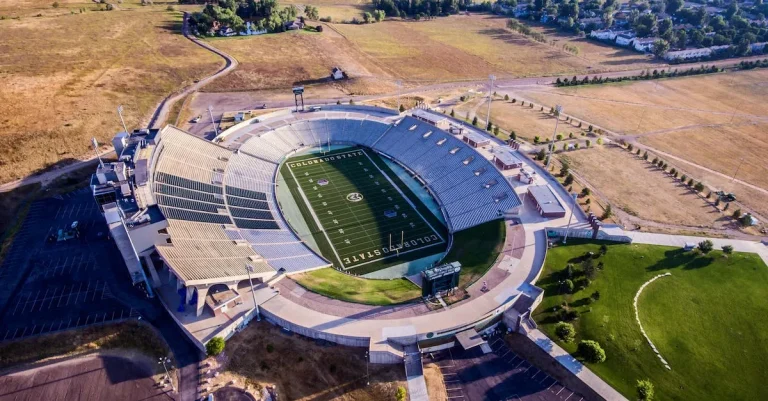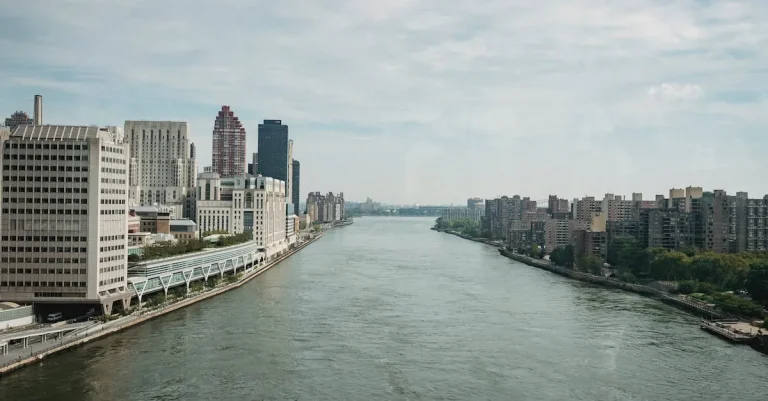Does It Really Rain In San Francisco?
San Francisco is famously known for its iconic rolling fog, chilly temperatures, and hilly terrain. But one aspect of its climate also rings a bell for many – the rain. With an average annual precipitation of over 20 inches, San Francisco’s rainfall helps shape its lush green hills and temperate seasonal climate.
If you’re short on time, here’s a quick answer to your question: Yes, San Francisco does get a significant amount of rain, particularly between November and April. The city sees the most precipitation during its wet winter months.
In this in-depth article, we’ll dive into San Francisco’s rain patterns and totals throughout the year. You’ll learn about the Mediterranean climate that influences rainfall, weather and geographical factors that produce rain, the city’s rainy season, monthly and yearly precipitation averages, historical extremes, how it compares to the rest of California, and even some local rain myths.
San Francisco’s Mediterranean Climate
San Francisco is known for its unique and captivating weather patterns, which are influenced by its Mediterranean climate. This type of climate is characterized by mild, wet winters and warm, dry summers, making it quite different from the typical weather patterns found in other parts of the United States.
Wet, Cool Winters
During the winter months, San Francisco experiences a significant amount of rainfall. The city receives an average of 23 inches of rain annually, with the majority of it falling between November and March.
These wet winters contribute to the lush greenery and vibrant landscapes that San Francisco is famous for.
The temperatures during the winter season are generally cool, with average highs ranging from the mid-50s to low 60s Fahrenheit (12-16 degrees Celsius). The cool weather, combined with the rainfall, creates a cozy atmosphere that locals and visitors alike enjoy.
Warm, Dry Summers
Summers in San Francisco are characterized by warm and dry weather. The city experiences a phenomenon known as the “marine layer,” which is a cool, foggy air mass that rolls in from the Pacific Ocean. This marine layer often brings cooler temperatures and fog to the city, especially in the morning hours.
Despite the presence of the marine layer, San Francisco still enjoys relatively warm temperatures during the summer months. Average highs range from the mid-60s to low 70s Fahrenheit (18-23 degrees Celsius), creating pleasant conditions for outdoor activities.
Ideal for Mild Rainfall
The Mediterranean climate of San Francisco provides the perfect conditions for mild rainfall. The combination of wet winters and dry summers allows for a balanced distribution of precipitation throughout the year.
This type of climate is conducive to the growth of diverse plant life and contributes to the city’s lush parks and gardens.
It is important to note that while San Francisco receives a fair amount of rainfall, it is not considered a particularly rainy city compared to other parts of the country. Cities such as Seattle and Portland receive much higher annual rainfall totals.
For more information about San Francisco’s climate, you can visit https://www.sfgate.com/weather/, which provides up-to-date weather forecasts and historical climate data for the city.
What Creates Rain in San Francisco?
San Francisco is known for its unique weather patterns, which can vary greatly from other parts of California. The city experiences a moderate Mediterranean climate, characterized by mild and wet winters. But what exactly creates rain in San Francisco?
Let’s explore the factors that contribute to rainfall in this beautiful city.
Moisture-Laden Storms
One of the primary reasons for rain in San Francisco is the presence of moisture-laden storms. These storms originate from the Pacific Ocean and bring in a significant amount of moisture. As these storm systems move over the city, they interact with the cool air from the California Current, causing condensation and ultimately leading to rainfall.
The proximity of San Francisco to the ocean plays a crucial role in the frequency and intensity of these storms.
Orographic Lifting
Another factor that contributes to rain in San Francisco is orographic lifting. The city is located near several mountain ranges, including the Santa Cruz Mountains and the Coast Range. When air flows towards these mountains, it is forced to rise, resulting in the cooling and condensation of moisture.
This process creates clouds and often leads to rainfall on the windward side of the mountains. San Francisco, being situated on the eastern side of the Santa Cruz Mountains, is in a favorable position to receive precipitation from orographic lifting.
Convergence Zones
Convergence zones play a significant role in the formation of rain in San Francisco. These are areas where air masses with different characteristics, such as temperature and humidity, come together. When these air masses converge, they can create instability in the atmosphere, leading to the formation of clouds and precipitation.
In San Francisco, the convergence of marine air from the Pacific Ocean and cool air from the Bay Area can create these convergence zones, resulting in rainfall.
Understanding the factors that contribute to rain in San Francisco can help us appreciate the unique weather patterns of this city. The combination of moisture-laden storms, orographic lifting, and convergence zones all play a role in creating the rainfall that makes San Francisco the vibrant and green city it is today.
Rainfall Patterns and Statistics
San Francisco is notorious for its unpredictable weather, and one of the most common questions among locals and visitors alike is whether it really rains in the City by the Bay. Let’s take a closer look at the rainfall patterns and statistics in San Francisco to shed some light on this topic.
Seasonality: Wet vs Dry Months
The rainfall in San Francisco follows a distinct seasonality pattern, with the wettest months typically occurring between November and April. During this period, the city experiences the majority of its rainfall, and it’s not uncommon to see rainy days and stormy weather.
On the other hand, the summer months from May to October are generally drier, with fewer rainy days and more sunshine.
According to the National Weather Service, the average annual rainfall in San Francisco is around 23 inches. However, it’s important to note that rainfall can vary significantly from year to year, and some years may be drier or wetter than others.
Rainiest Locations
While San Francisco as a whole receives a moderate amount of rainfall, there are certain locations within the city that tend to be rainier than others. One such area is the western part of the city, including neighborhoods like the Sunset District and Outer Richmond.
These areas are closer to the Pacific Ocean and often experience more rainfall due to the prevailing onshore winds.
Another rain-prone location in San Francisco is Twin Peaks, a prominent hill located in the center of the city. Due to its elevation, Twin Peaks often catches more rain and fog than other parts of San Francisco.
Historic Extremes
Over the years, San Francisco has experienced some extreme weather events in terms of rainfall. One notable example is the winter of 1861-1862, known as the “Great Flood.” During this period, the city was hit by relentless rainstorms that caused widespread flooding and devastation.
On the other end of the spectrum, there have been instances of drought in San Francisco’s history. The most severe drought on record occurred in the late 1970s, leading to water rationing measures and a significant impact on the city’s water supply.
For more information on San Francisco’s rainfall patterns and statistics, you can visit the official website of the National Weather Service at www.weather.gov. They provide detailed data and forecasts for various locations across the country, including San Francisco.
Conclusion
While San Francisco is far from the rainiest place in the United States, the city still sees its fair share of wet weather. Rainfall is a defining characteristic of the city’s climate and natural ecosystem. So don’t forget your umbrella – you’ll need it if visiting San Francisco between November and April!








